Do you dream of a lawn thick, green and in great shape? Aerating the short grass meadow is a key action to obtain a healthy, resilient herb. Often forgotten, this step allows your soil to breathe better and your lawn to grow better. Discover why, when and how to aerate your short grass meadow easily, with the right tools.
Why aerating your short grass meadow?
Repeated traffic on the short grass meadow, rain and mowing compact the soil over time, suffocating roots and encouraging the appearance of moss and disease. This compaction prevents air, water and nutrients from reaching roots deeply. Result: a weakened lawn, more susceptible to disease and moss. By aerating your short grass meadow, you create micro-channels that allow soil to breathe, thus promoting deeper rooting and more vigorous growth.
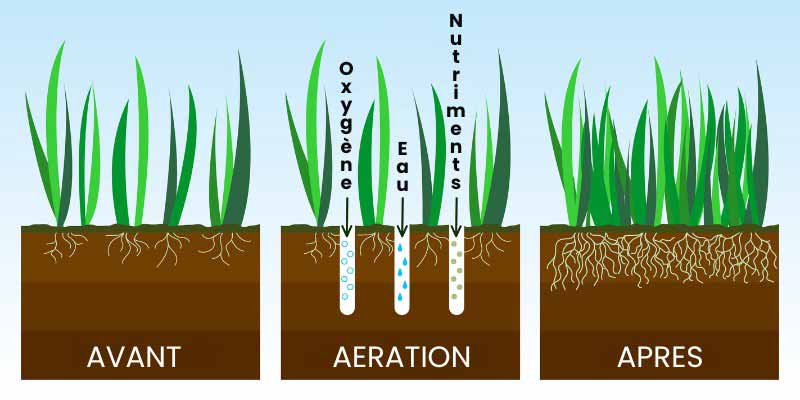
Aeration consists of creating small holes in soil to allow air, water and nutrients to penetrate more easily down to roots of your lawn. By carrying out this operation regularly, you:
- Fight soil compaction : Repeated traffic on the short grass meadow, notably with a mower or a tractor, compacts soil and prevents roots from breathing.
- Encourage rooting : Good aeration stimulates root development, making your lawn more resistant to drought and disease.
- Reduce thatch : Thatch is a layer of dead organic matter that prevents air and water from penetrating soil. Aeration helps remove it.
- Improve drainage : Water can infiltrate more easily, thus reducing risk of puddles forming and root rot.
- Limit moss and weeds : By aerating soil, you create an environment less favourable to proliferation of moss and weeds.
- Stimulate growth : Aerated soil enables nutrients to reach roots more easily, promoting more vigorous growth and a denser lawn.
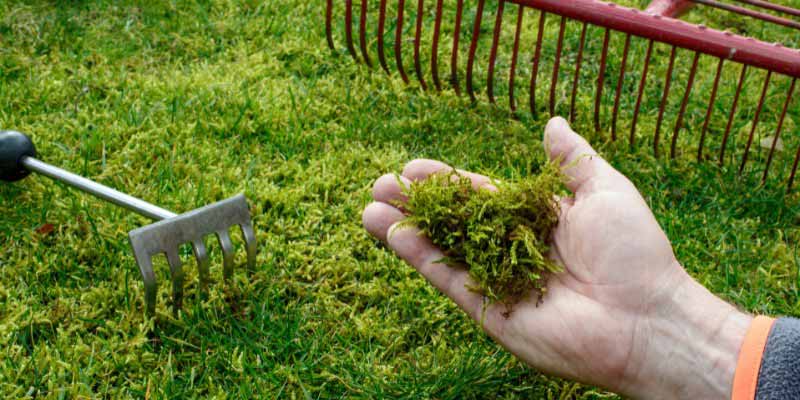
When to aerate the lawn?
Best time to aerate your short grass meadow depends on your climate and type of lawn. In general, it is recommended to aerate from May, when soil starts to warm and growth of the herb resumes.
Tip : It is preferable to aerate lawn regularly to remove thatch, moss and weeds from the short grass meadow. Avoid aerating your short grass meadow during periods of drought or when soil is waterlogged.
How often to aerate your short grass meadow?
The soil type, climate, how the area is used and lawn type directly influence how quickly soil compacts. In general, an annual aeration is recommended. However, if your soil is particularly compact (for example, a clay soil) or if your short grass meadow is subject to heavy foot traffic, it may be necessary to aerate more often. You can aerate your short grass meadow about once a month from May until October, before first frosts.
Some signs indicate your short grass meadow needs aerating:
- Difficulty pushing a fork into soil : This indicates significant compaction.
- Puddles forming : Water stands after rain, sign of poor drainage.
- Yellowing of the short grass meadow : Roots can no longer absorb nutrients.
- Slowed growth : The herb grows more slowly.
Essential tools for aerating
There are different types of aerators:
- Aerating fork : Ideal for small areas.
- Wheel aerator : Fitted with small spiked wheels, it is more suited to medium-sized areas.
- Powered aerator : For large areas, it allows quick and effective work.
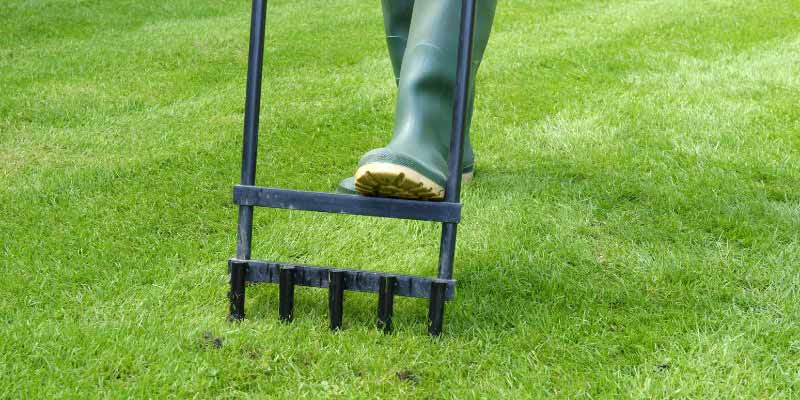
How to aerate your short grass meadow yourself?
Materials needed :
- An aerator : Manual, wheeled or powered, depending on area to treat.
- A rake : To level soil after aeration.
- Lawn seed : To repair damaged areas.
- Sand : To improve soil drainage (especially on clay soils).
- A pair of gardening gloves
Aerating your short grass meadow step by step :
- Collect all debris scattered on soil such as grass clippings, dead leaves and various waste
- Mow your short grass meadow to ease passage of the aerator.
- Water lightly (if necessary) : Slightly moist soil is easier to work, but avoid it being waterlogged.
- Run the aerator : Make passes, tracing regular strips in perpendicular directions, to create a uniform network of holes. Holes should penetrate about 7 to 10 cm into soil.
- Remove soil clods and plant debris with a rake.
- Repair damaged areas : Sow lawn seed on thin or bare patches.
- Add sand (optional) : On clay soils, spread a thin layer of sand to improve drainage.
- Water generously : After aeration, water thoroughly to encourage rooting of seeds and existing roots.
Additional tip : If your short grass meadow is invaded by thatch, it is recommended to carry out scarification before aeration. This operation consists of removing the thatch layer using a scarifier which prevents air and water from penetrating soil. To learn all about it, discover our tutorial : How to scarify the short grass meadow?
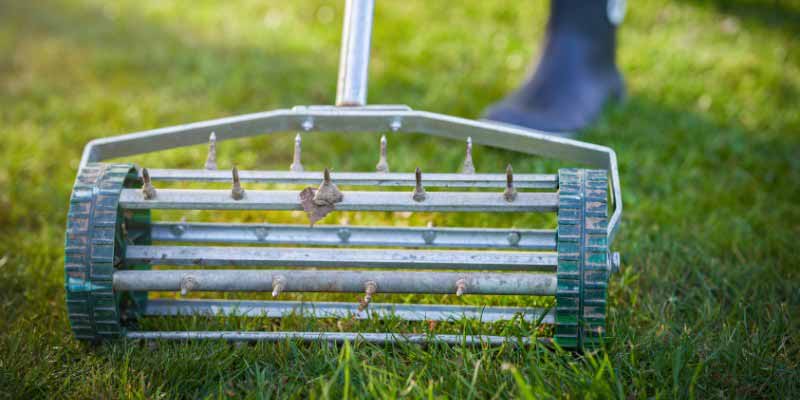































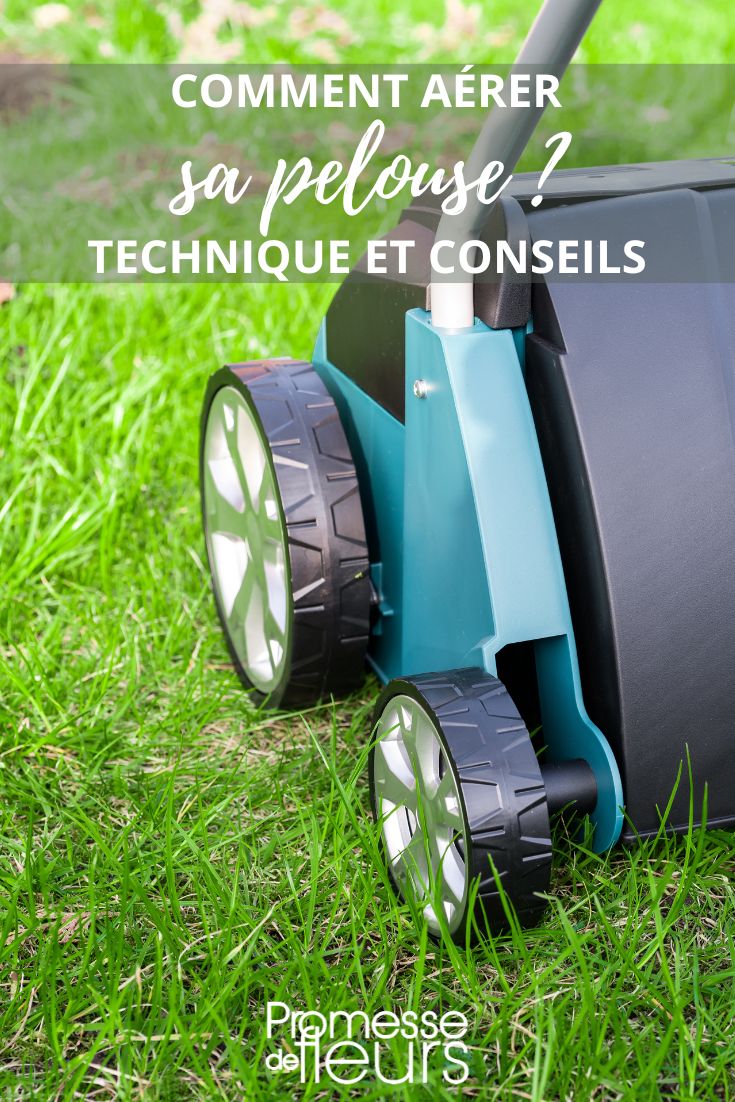
Comments